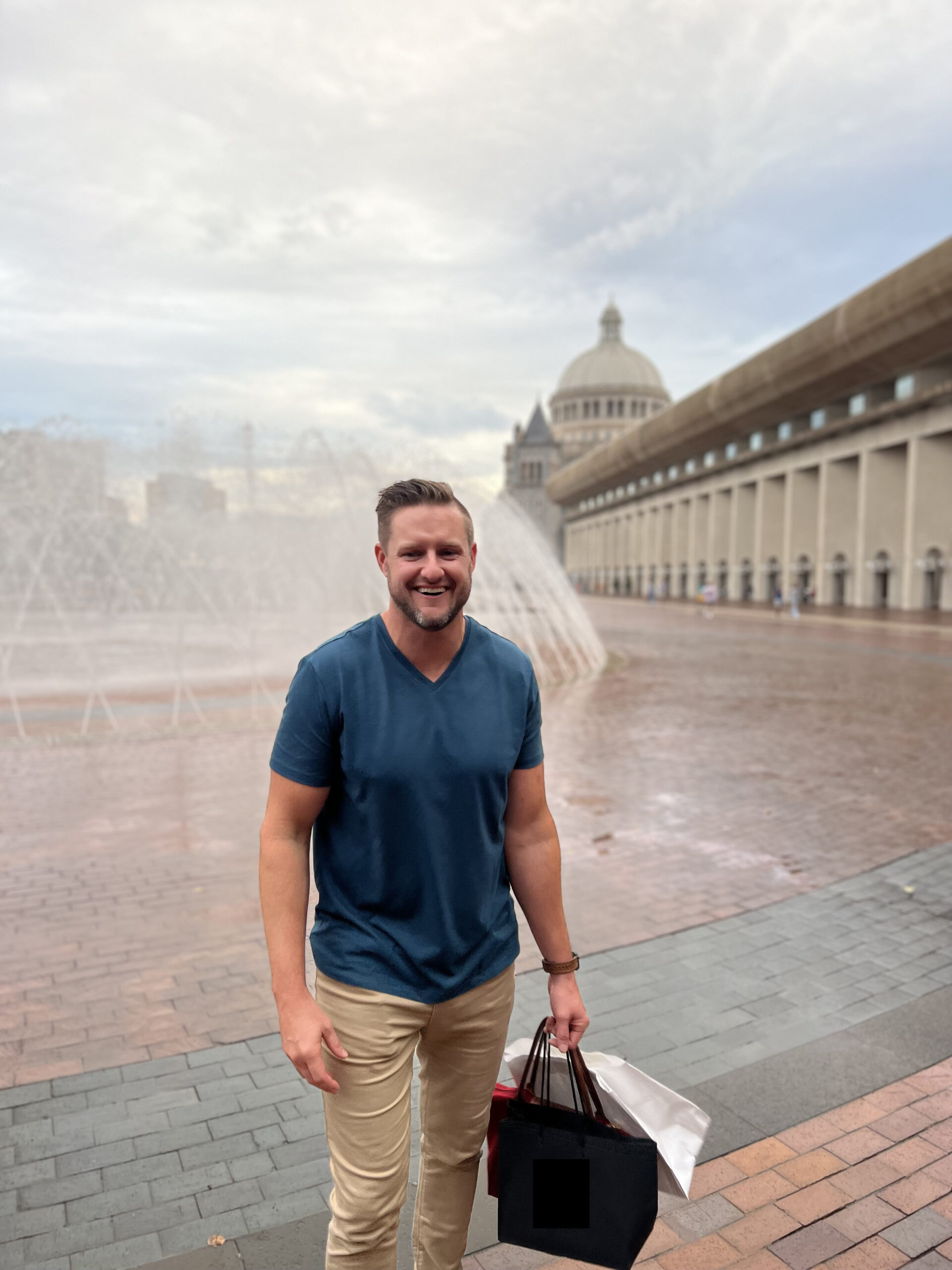The discussion surrounding the therapeutic potential of psilocybin, the psychoactive ingredient in magic mushrooms, is gaining momentum in the scientific and medical communities. As research continues to evolve, regulatory bodies are being called to reassess their stance on this Schedule I substance. This article focuses on the U.S Food and Drug Administration’s (FDA) current position on psilocybin regulation, the regulatory landscape, and the anticipated future of psilocybin legislation in the United States.
FDA’s Position on Psilocybin
As it stands, the FDA classifies psilocybin as a Schedule I substance under the Controlled Substances Act. This categorization denotes substances with high abuse potential, no accepted medical use, and a lack of accepted safety for use under medical supervision. However, the FDA’s stance on psilocybin seems to be shifting as it recognizes the therapeutic potential of this psychedelic substance. In recent years, the FDA granted "breakthrough therapy" designation to psilocybin twice for the treatment of resistant depression.
Despite this, the FDA has remained firm on its overall position, stating that it does not advocate for the legalization of any drugs that fall under Schedule I, including psilocybin. It maintains that more research is necessary to fully understand the safety and efficacy of psilocybin for therapeutic use. This cautionary stance is rooted in the agency’s mandate to protect public health by ensuring drugs are safe and effective before approving them for medical use.
The FDA’s ability to change its stance on psilocybin is largely dependent on the outcomes of rigorous scientific research. The agency requires robust, well-controlled clinical trials demonstrating a drug’s safety and effectiveness. In the case of psilocybin, several research initiatives, including those by Johns Hopkins University, Imperial College London, and the Multidisciplinary Association for Psychedelic Studies, are exploring its potential therapeutic applications.
Psilocybin Regulatory Landscape
The regulation of psilocybin in the United States is primarily dictated by its Schedule I status. This means it is illegal to manufacture, distribute, or possess psilocybin. However, there are some exceptions. For instance, researchers can obtain a Schedule I research registration to conduct studies with psilocybin. Additionally, certain religious groups are permitted to use psilocybin under the Religious Freedom Restoration Act.
There are also growing efforts at the state level to decriminalize psilocybin. In 2020, Oregon became the first state to legalize the regulated medical use of psilocybin, while several cities, including Denver and Oakland, have decriminalized its use. Such initiatives suggest a shifting public perspective on psilocybin and a move towards a more nuanced, evidence-based approach to its regulation.
That said, it’s important to remember that despite local changes, federal law still classifies psilocybin as a Schedule I substance. This discrepancy between state and federal law creates a complex regulatory landscape for psilocybin, reminiscent of the early days of cannabis legislation.
Future of Psilocybin Legislation
The future of psilocybin legislation hinges on the accumulating scientific evidence of its therapeutic efficacy, as well as changing public opinion. If well-controlled, large-scale clinical trials consistently demonstrate that psilocybin has significant therapeutic benefits with manageable risks, it is possible that the FDA might reconsider its classification as a Schedule I drug.
Moreover, ongoing advocacy efforts may continue to influence policy at the state level. As seen with cannabis, state-level changes can have a significant impact on federal policy. However, it’s crucial to keep in mind that the process is often slow and fraught with challenges. Any meaningful changes to federal law regarding psilocybin will likely take years, if not decades.
Finally, any legislative changes will also need to consider the potential risks and societal implications of more accessible psilocybin. This includes the potential for misuse, ensuring access is controlled and safe, and that appropriate support and education are available for those using psilocybin, whether for medical or personal reasons.
As the discourse around psilocybin evolves, it is clear that the FDA’s stance and the regulatory landscape are under pressure for reform. While the road to policy change is often long and complex, the growing body of scientific evidence supporting psilocybin’s therapeutic potential may well expedite this process. The future of psilocybin legislation remains uncertain, but one thing is clear: the conversation is far from over.




